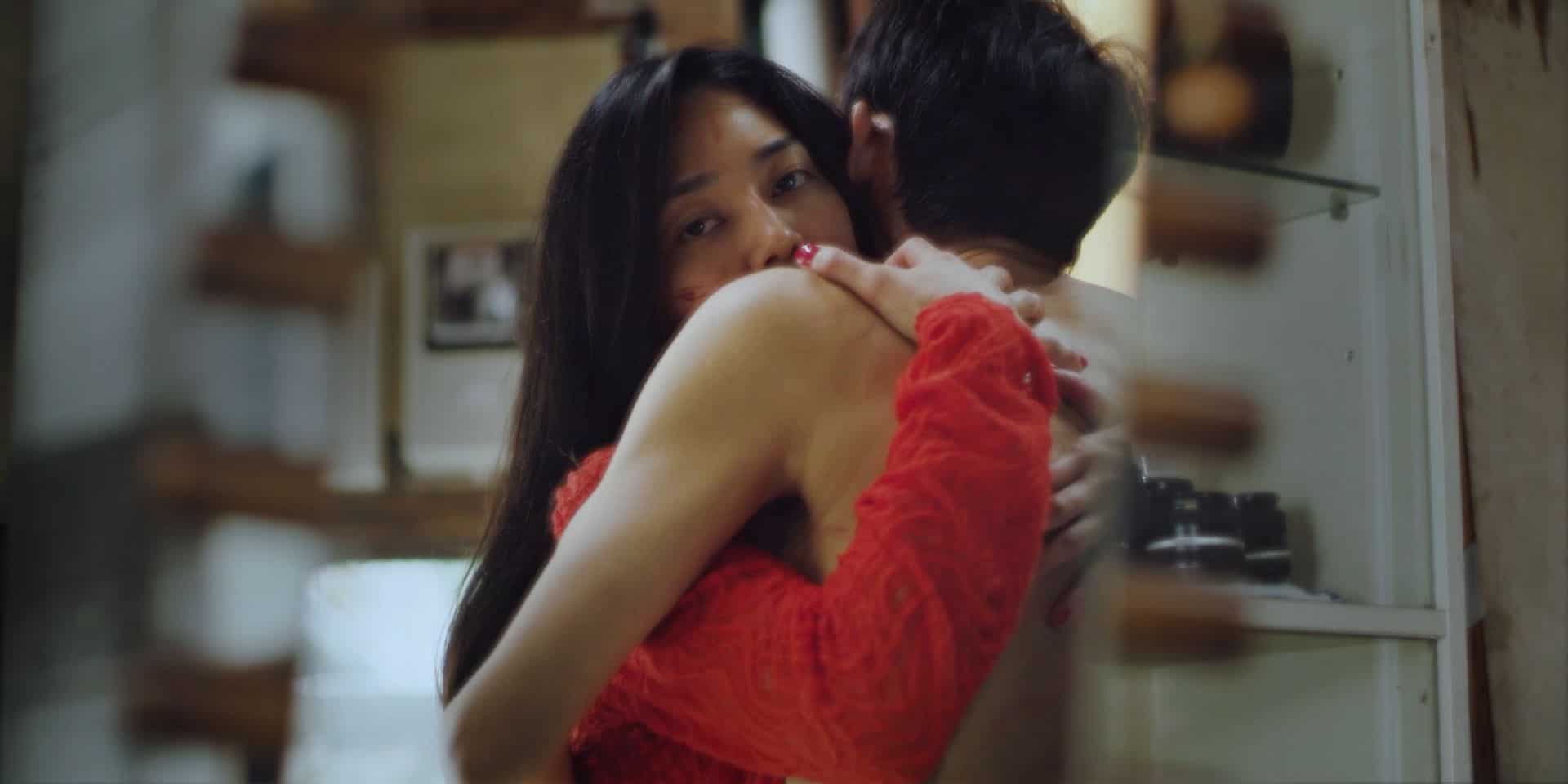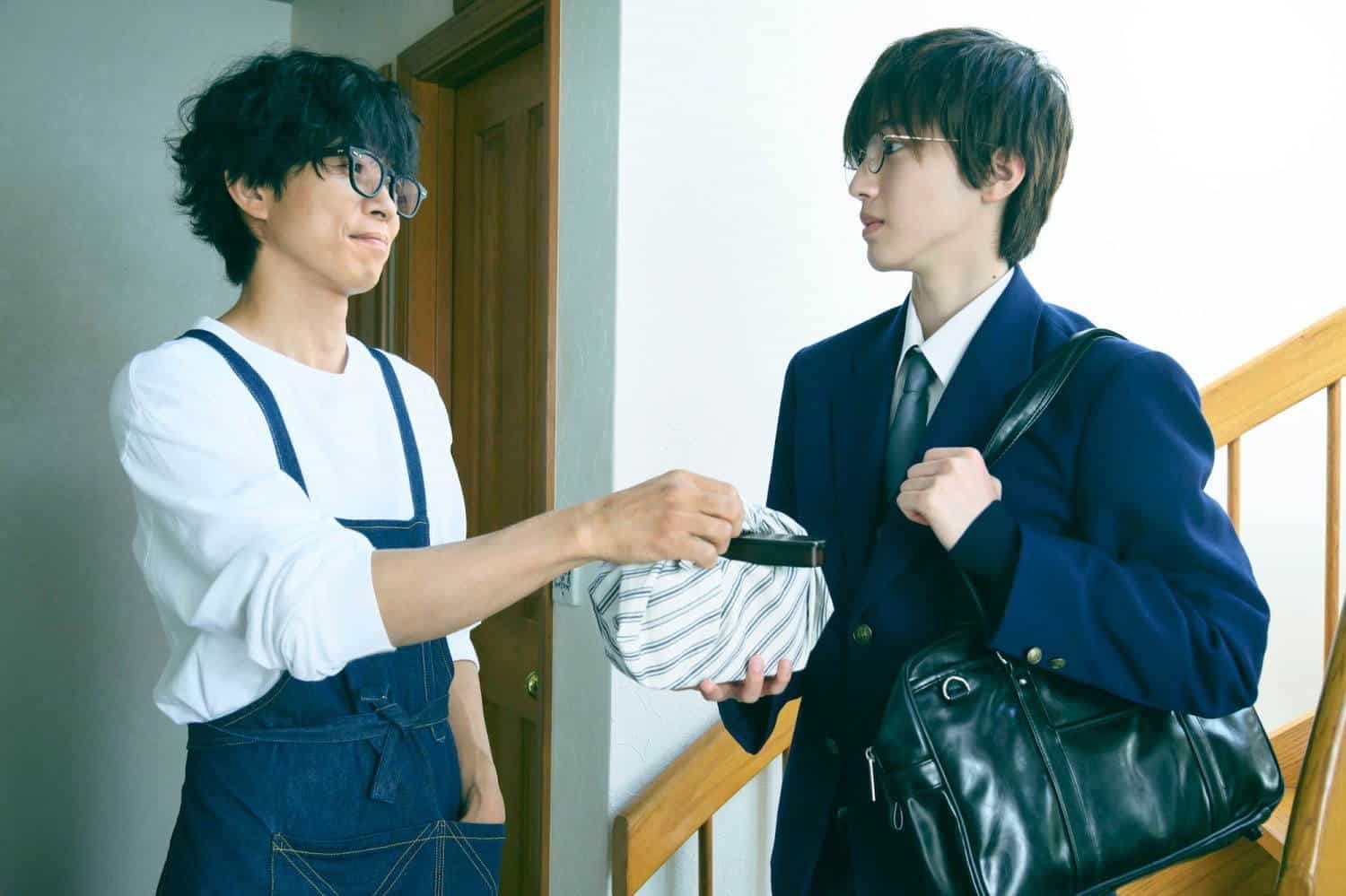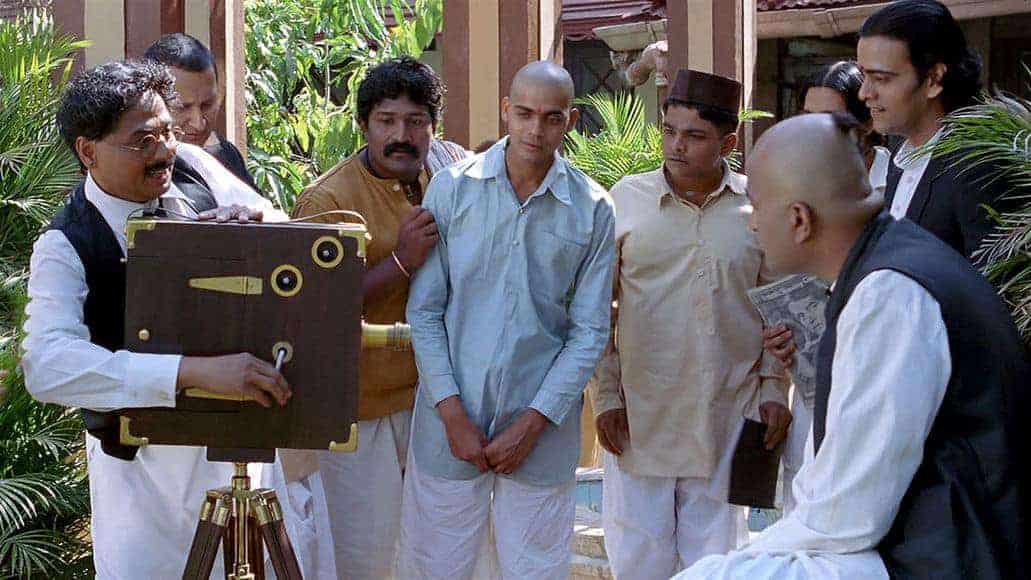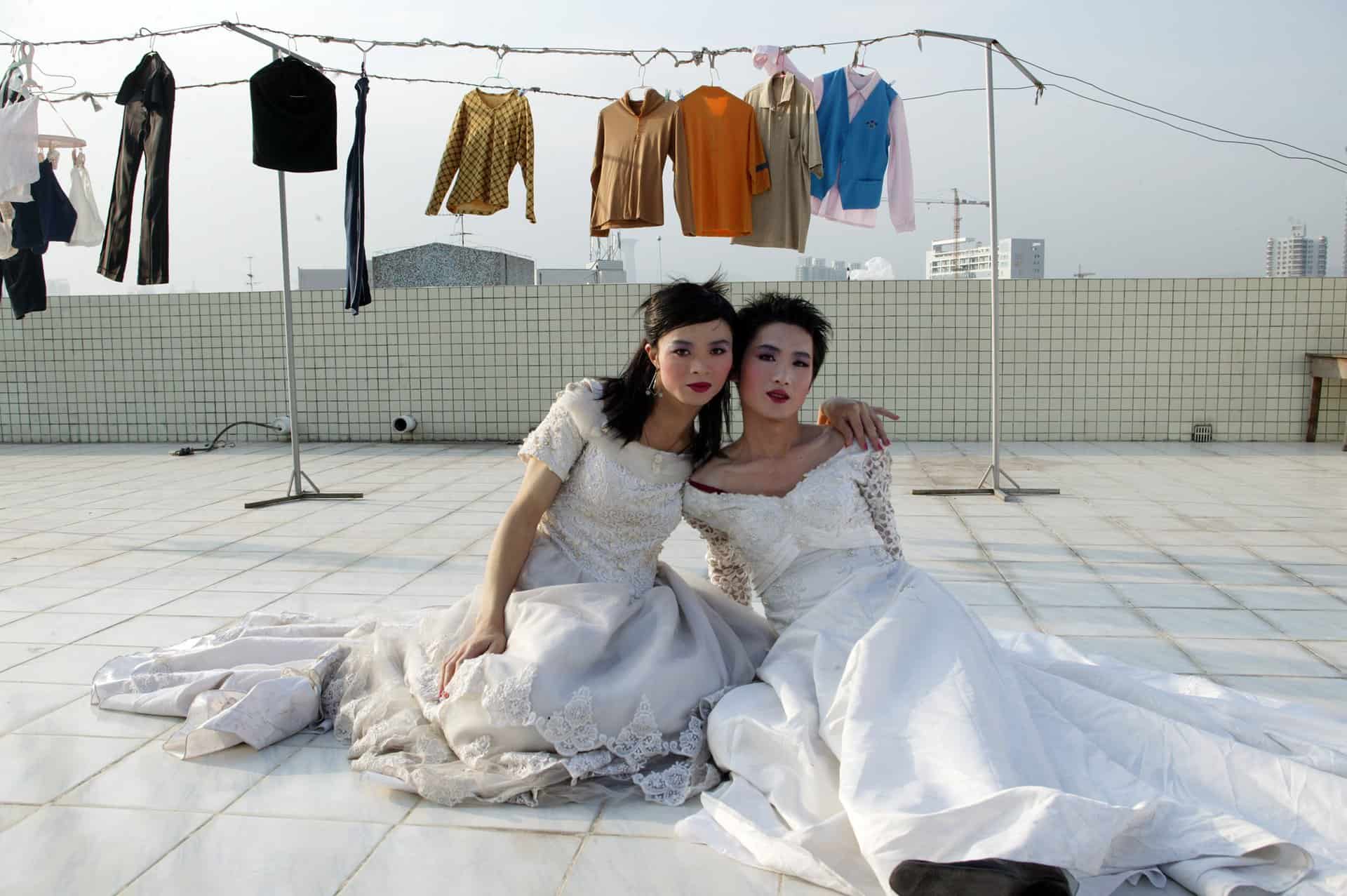Films that include photography as one of their main elements tend to succumb to pretentiousness, and it usually takes a very steady directorial hand in order for them to work on levels others than the aesthetic one. Takeshi Kushida, despite the fact that this is his feature debut, seems to know what he is doing and ends up with a movie that is definitely multi-leveled.
“Woman of the Photographs” is screening at Fantasia

Middle-aged photographer Kai is a nerd in all aspects. He is obsessed with photography, and particularly capturing insects, and actually uses his “proper” work, maintaining a photo studio his father left him where he mostly retouches photos his clients bring him, in order to sustain his true passion. He has only one friend, who is also his main client, no girlfriend, and a very carefully-planned everyday routine he does not want disturbed in any way. While on a trip in the forest, however, he stumbles upon Kyoko, who, in her effort to take an impressive picture for her Instagram account, falls from a tree as Kai appears, which results in a rather large scar across her chest. Kai finds himself following her speechless, but their roles are soon reversed, and an annoyed nerd finds Kyoko living in his studio/house, and him taking photographs of her on a daily basis, which he retouches in order to hide the scar. Soon however, the two of them discover that when the wound is included in the pictures, their popularity is much more significant, and Kyoko finds her declining fame rising again. As their relationship transforms, both of them are forced to deal with their inherent issues, while a pet praying mantis Kai keeps, becomes a metaphor for both their lives and relationship.
The pretentiousness and the focus on style mentioned in the prologue actually permeate the narrative. Starting with the way the two protagonists look, the way they dress (Kai's white costume and Kyoko's colorful dresses) and continuing to the photographs they take together, her dancing and the overall impressive cinematography of Yu Oishi all point towards the same, “beauty is everything” approach. However, as the story unfolds, it is quickly revealed that a number of rather dark and pointy comments about human nature are placed inside this impressive package.
The most obvious one is the obsession for appearances, with Kushida exploring a number of the concept's implications. The way women in particular are inclined to focus on the way they look and the depths they reach in order to do so is presented through both the repeated client and Kyoko, with Kushida, however, highlighting the fact that it is the society that actually forces women to do so, as appearance means everything in this image-obsessed world. The fate of the client and the way his photos affect Kyoko's Instagram present this comment quite eloquently, with the latter aspect also highlighting the role social media play in this obsession. This last comment also deals with the pretentiousness of people who perceive others according to their image, and the way companies exploit this double-fold identity issue (of both “stars” and “fans”) in order to have more sales. At the same time, the ephemerality of fame resulting from beauty and appearances in general, in a world where content can be found in huge abundance, also gets its share of critique, as much as the consequences for both people who acquire fame that way and the ones who, inevitably, lose it.
The difficulty of relationships in the modern world is another central comment, as presented through the dynamics between Kai and Kyoko and the life of Kai's only friend. Kushida highlights the fact that even uncanny chance and the help of friends is not enough if people do not decide to succumb to their feelings and leave the comfort of their routine and any misconceptions they carry about the opposite sex aside. This comment seems to be a direct critique towards the way contemporary Japanese people perceive relationships, particularly in the urban centers, where they have been pushed to the background in the face of other “values”, such as professional success and the “pleasures” of uninterrupted routine. The way Kushida uses the fact that female praying mantises eat the male is an excellent way to highlight this comment, as it adds both to the context and the visuals of the film through a number of close ups regarding the life of the insect and the parallel with the way Kai looks and moves. At the same time, this aspect adds a minor element of exploitation in the narrative that works quite well in combination with the concept of the wound.

The various photographs Kei takes of Kyoko are visually impressive, with Oishi's framing taking full advantage of both the scenery and the latter's appearance. However, these scenes actually function as a kind of relief, since the main premises of the film lean towards the stage play, as indicated by the fact that most of the story takes place inside Kai's house, that he and Kyoko are, in essence, the only actors and an overall lack of movement, with very few exceptions. This last element is implemented excellently by Atshi Gaudi Yamamoto, who manages to change scenes without presenting almost any kind of movement from the protagonists, thus inducing the movie with a very fitting leisure pace, which does not lack speed, however. Perhaps the only elements that seems a bit off in the technical department is the sound, as the voices of the characters seem quite unnatural.
This overall approach also works quite well and benefits the most by the casting, since both Hideki Nagai, who plays Kai, and Itsuki Otaki, who plays Kyoko, come from a theater background. Furthermore, Otaki used to be a professional ballet dancer in Barcelona, Milan and NY in an almost uncanny parallel with the life of her character. Nagai's silent nature, his economic movements and the way he communicates his feelings through his gestures instead of words create excellent antithesis with Otaki's “in-your-face” attitude, also highlighting the fact that external appearances and behaviors are just a facade quite frequently.
“Woman of the Photographs” is a truly artful film, both visually and contextually and a guide on how directors can handle pretentiousness without losing substance. One of the best movies of the year.















